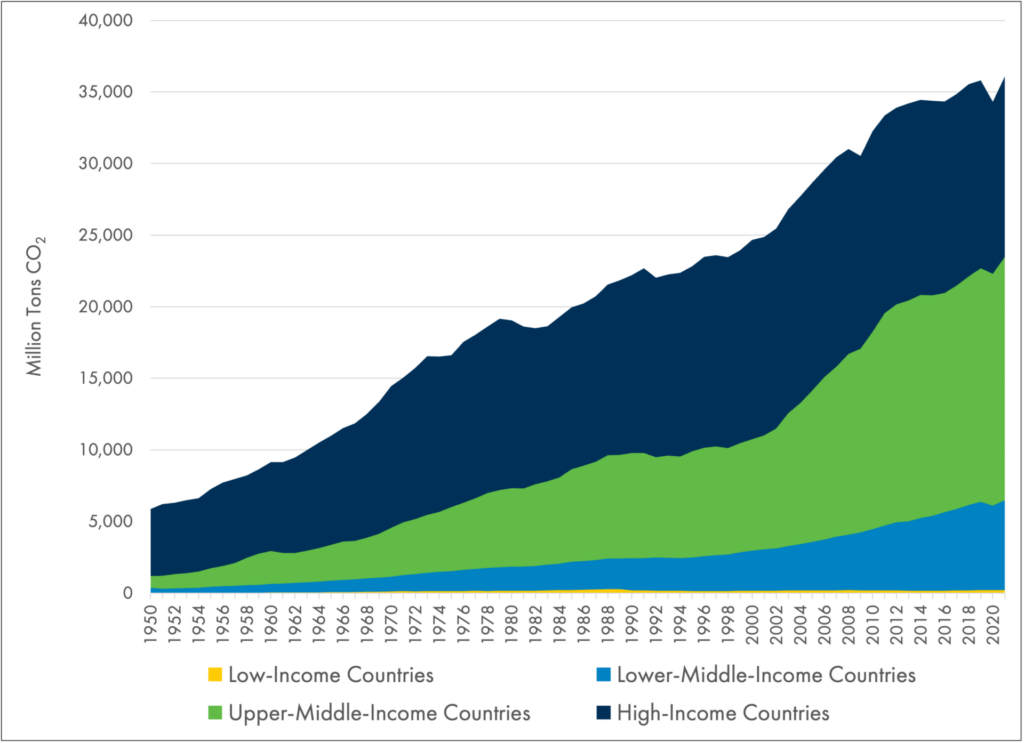
What are key facts on history, population, and climate

Albuquerque, a vibrant city located in west-central New Mexico, holds significant historical and cultural importance in the region. Known as the state's largest city and economic hub, it serves as a key political and cultural center, closely following the capital of Santa Fe. Founded in 1706 and funded primarily by Spanish settlers, Albuquerque played a vital role as a trading post on the historic Chihuahua Trail. The rich history of Albuquerque is complemented by its unique geographical features, including the picturesque Sandia and Manzano mountain ranges. This article aims to delve into the city's historical overview, population and demographics, climate characteristics, and more, shedding light on what makes Albuquerque a noteworthy place to explore.
In addition to its historical and cultural significance, Albuquerque's demographic trends reveal a city that is both diverse and growing. Over the years, the city has witnessed an influx of new residents drawn by its affordable living conditions, along with the allure of its mild climate. However, this growth also raises challenges, particularly regarding urban sprawl and maintaining the character of the community. Throughout this article, we will discuss key facts about Albuquerque, ranging from its economic significance to the cultural heritage that shapes its identity, as well as the hurdles it faces in the modern era. The local news outlet, ABQ Journal, often highlights critical issues and developments concerning the city, providing valuable insight into life in Albuquerque.
Historical Overview of Albuquerque
The history of Albuquerque is rich and multifaceted, beginning with its establishment in the early 18th century. Named after the Spanish nobleman, the Duke of Alburquerque, the city has evolved remarkably over the centuries. Originally founded to establish a Spanish presence in the New World, Albuquerque quickly grew into a significant station for traders and travelers in the region. This early trading post laid the foundation for its development into a bustling community.
Throughout the years, Albuquerque has experienced various cultural influences, primarily from Spanish settlers and Native American populations. This blend of cultures has shaped the city's architecture, traditions, and practices, which continue to be evident today. Historic sites such as the San Felipe de Neri Church and the Old Town Plaza exhibit Albuquerque's unique heritage, attracting visitors who wish to connect with its past. The city's history is documented extensively in outlets like the ABQ Journal, which often covers historical events and milestones in Albuquerque's journey.
Colonial Era and American Expansion
As the American frontier expanded in the 19th century, Albuquerque became an important hub for military and trade routes. The establishment of the railroad in the late 1800s brought about rapid population growth and economic development. By the turn of the century, Albuquerque had transformed into a modern city with amenities and infrastructure to support its growing population. This period marked the beginning of significant diversification in its economy and population.
Population and Demographics
As of the latest census data, Albuquerque hosts a diverse population of over 560,000 residents, making it the largest city in New Mexico. The demographic makeup reflects a blend of cultural backgrounds, including Hispanic, Native American, and Anglo communities. The city's population is characterized by a youthful age distribution, with a growing number of families and individuals seeking affordable living and opportunities.
Albuquerque's relatively low cost of living and expansive job market has acted as a magnet for newcomers. This influx has, however, raised concerns about urban sprawl and the strain on infrastructure resources. Local media, such as the ABQ Journal, regularly report on housing developments, economic initiatives, and community engagement efforts aimed at fostering a balance between growth and maintaining the unique character of Albuquerque.
Challenges in Population Management
Despite its advantages, Albuquerque also faces challenges in terms of population management. The increasing crime rates and limited resources to address social issues have raised concerns among long-time residents. Efforts by local authorities and community organizations to combat these issues are ongoing, with various initiatives designed to improve safety and bolster community ties. The engagement of residents is critical for creating a supportive environment for everyone in the city.
Climate Characteristics
One of the standout features of Albuquerque is its climate, which is characterized by mild, dry conditions. The city experiences a semi-arid climate, which means it enjoys an average of 280 sunny days a year. Rainfall is minimal, averaging around 9-12 inches annually, primarily occurring during the summer months. The contrasting temperatures between day and night are typical due to Albuquerque's high elevation (over 5,000 feet), making it a unique environment.
This climate not only contributes to the city's aesthetic appeal but also enhances its agricultural productivity, allowing for a robust farming lifestyle in the surrounding areas. The fertile soils, combined with a strategic irrigation system, have made it possible for numerous crops to thrive around Albuquerque, contributing to both local consumption and the economy.
Seasonal Weather Patterns
Albuquerque's weather has distinct seasonal variations, which play a crucial role in shaping the city's outdoor activities and lifestyle. The long, hot summers see temperatures soar above 90°F, while winters are mild, with average lows around 30°F. Snowfall, while not frequent, does occur and can be seen on the Sandia mountains nearby, adding to the scenic beauty of the region.
Economic Significance and Growth
In recent years, Albuquerque's economy has demonstrated considerable growth, driven by the expansion of various sectors, including technology, healthcare, and tourism. With a strategic location near significant transportation routes, Albuquerque is emerging as a vital market for businesses seeking to tap into the Southwest region's resources. The establishment of numerous business incubators is fostering innovation and entrepreneurial ventures, attracting investment and talent to the area.
The city's economic landscape is also shaped by its cultural offerings, with a focus on tourism and promoting local artisans. Albuquerque's famous International Balloon Fiesta draws crowds from all over the world, contributing significantly to the local economy. The ABQ Journal frequently covers updates on economic developments, highlighting the city's efforts to bolster its status as a prominent economic hub in New Mexico.
Key Industries and Job Opportunities
Several key industries drive Albuquerque’s economy, including the aerospace sector, which has seen a boost due to the proximity of Kirtland Air Force Base. Additionally, healthcare facilities play a pivotal role in offering jobs and supporting community health, with institutions such as UNM Hospital leading the charge. Efforts to enhance vocational training programs ensure that the workforce can adequately meet the demands of these growing industries.
Cultural Heritage and Identity
Albuquerque is a melting pot of cultures that enrich the city’s identity. The city's strong connection to its Native American and Hispanic roots is reflected in its music, food, art, and festivals. Celebrations such as the Gathering of Nations and the Albuquerque Museum's cultural exhibitions offer residents and visitors opportunities to experience Albuquerque's rich heritage.
The distinct architectural style, with adobe homes and vibrant murals, adds to the city's unique character. Furthermore, Albuquerque's culinary scene, especially its famous New Mexican cuisine, showcases a blend of traditional and contemporary dishes, making the city a culinary hotspot.
Art and Festivals
Art plays a significant role in Albuquerque's cultural landscape, making it a notable destination for artists and art enthusiasts alike. The city is home to numerous galleries, including the Harwood Art Center and the Albuquerque Museum of Art and History. Local festivals, such as the ABQ Zine Fest and Summerfest, celebrate creativity and community engagement, fostering a sense of belonging among residents.
Challenges Facing Albuquerque
Despite its many strengths, Albuquerque is not without challenges. Issues such as crime rates, economic disparity, and the need for infrastructure improvements have raised concerns within the community. Local news sources, like the ABQ Journal, often highlight these issues, prompting discussions among residents and leaders about possible solutions.
Urban sprawl and environmental sustainability are also pressing challenges. Balancing population growth while maintaining the city's distinctive character poses a significant task for city planners and community advocates. Programs aimed at improving public transportation and promoting sustainable practices are essential in addressing these challenges.
Community Response and Engagement
The local community is actively engaged in finding solutions to these challenges. Various organizations and initiatives work to promote safety, education, and economic opportunities for all residents. Collaborations between local businesses, government entities, and residents will be vital in shaping the future of Albuquerque, ensuring that it continues to thrive and flourish.
Conclusion and Future Outlook
As a city with a rich historical background and a bright future, Albuquerque is poised for continued growth and development. Its population remains diverse, its cultural identity deeply rooted, and its climate inviting. The factors contributing to the city's uniqueness create numerous opportunities for engagement, innovation, and improvement.
The challenges Albuquerque faces will require strategic planning and community participation to ensure that it grows while preserving its distinctive character. The future outlook for Albuquerque is bright, with ongoing efforts to enhance economic stability, enrich cultural offerings, and address social issues. By fostering a sense of community and collaboration, Albuquerque can continue to stand out as a key destination in New Mexico and beyond.
Did you find this article helpful? What are key facts on history, population, and climate See more here Education.
Leave a Reply






Related posts